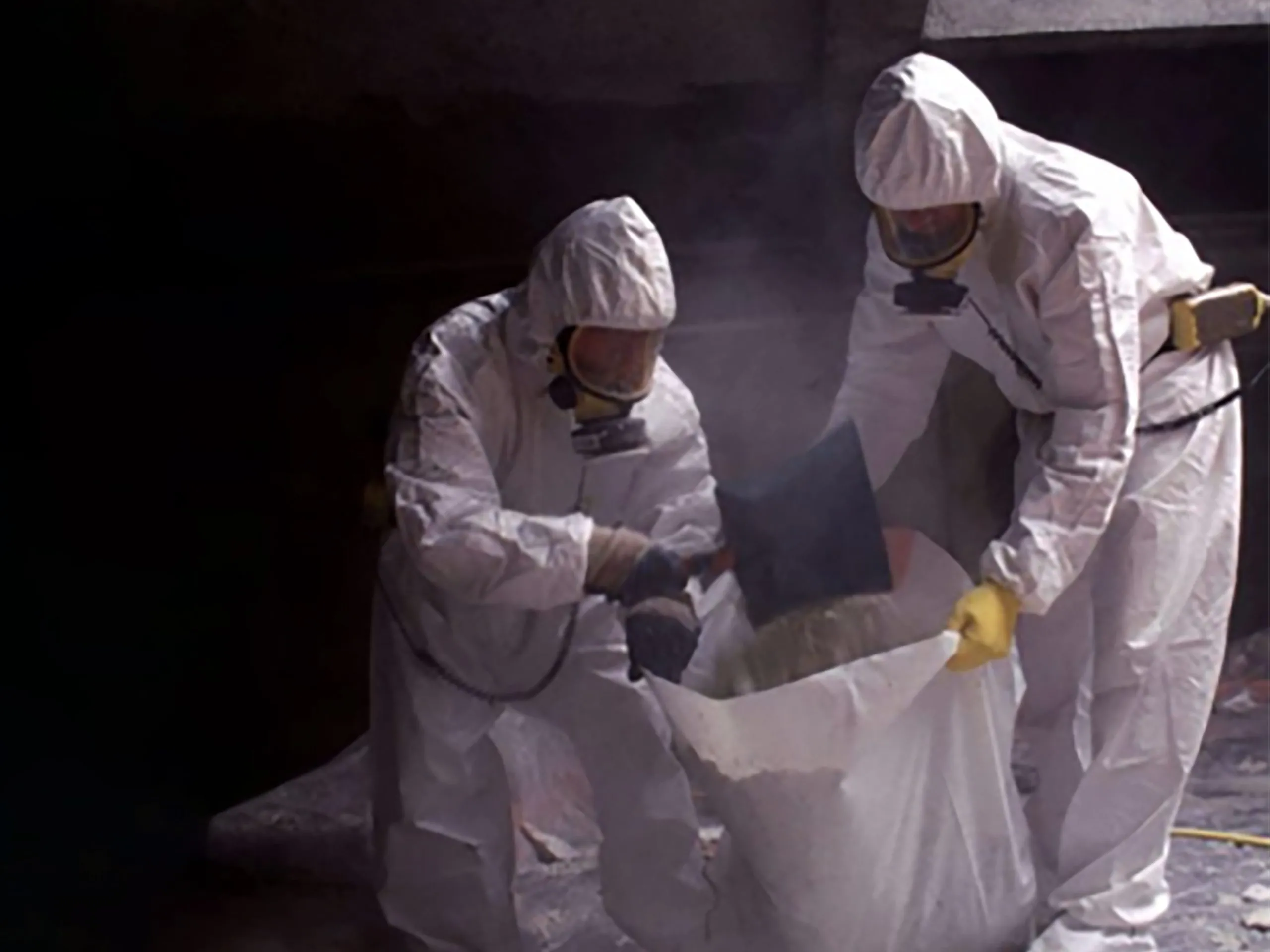Asbestos abatement for ships or vessels, also known as asbestos removal or remediation, is a specialized work for safely and effectively removing asbestos-containing materials (ACMs) from ships while minimizing the risk of asbestos exposure to workers and the environment.
Here are the key steps and considerations for asbestos abatement on vessels: Assessment and Inspection: Usually, if the vessel or offshore platform has an Inventority of hazardous materials then the same is used for identification.
Additional, survey is conducted onboard vessel to identify the presence, location, and condition of asbestos-containing materials (ACMs).
Assessment is often part of the ship’s Inventory of Hazardous Materials (IHM) required by SOLAS regulations.
- Containment : We Isolate the work area and establish containment barriers to prevent the spread of asbestos fibres.
- Personal Protective Equipment (PPE) : PPE are provided after protection factor assessment which includes disposable coveralls, respirators, gloves, and eye protection, and standard onboard safety gears to minimize the risk of asbestos exposure.
- Wet Removal : et removal methods are typically used to prevent the release of asbestos fibres into the air. Surfactant are used to minimize dust, and careful, controlled removal techniques are employed.
- Manual Cleaning and Clearance : ACM area onboard is cleaned with alcohol based wipes and also HEPA vacuum cleaners are used to clean up any remaining debris or dust containing asbestos fibres.
- Packaging and Labelling : Asbestos-containing waste are carefully doubly packaged in LDPE bags and labelled as hazardous waste.
- Transport and Disposal : Asbestos and asbestos containing materials are sent directly to a disposal facility and a manifest for disposal is generated. Asbestos ends up in a landfill.
